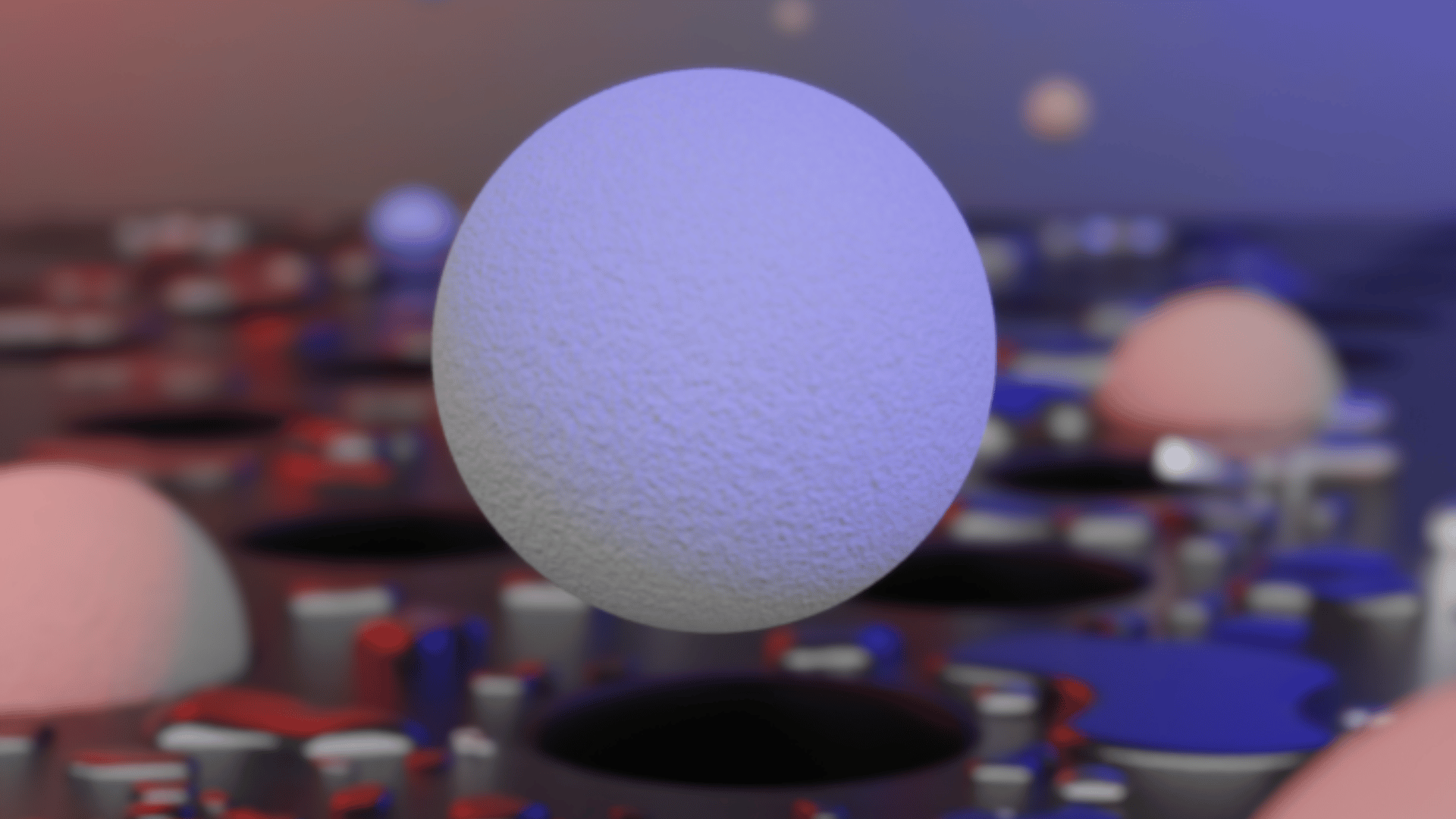A joint team of scientists from the University of Stuttgart in Germany and the University of Melbourne in Australia developed a simple and cost-effective way to find nanoplastic particles in the environment. They call their invention an “optical sieve.” According to the teams, it’s a little test strip that can spot microplastic bits with nothing more than a microscope.
Plastic pollution is a serious issue globally. Although most headlines cover larger plastic waste and microplastics, scientists are more concerned about nanoplastics.
Nanoplastics are extremely small bits left over from bigger, broken-down plastics. Scientists say the bits are smaller than a human hair. Because of their microscopic size, nanoplastics can easily sneak into our bodies. These particles have historically been hard to find, making it difficult for scientists to understand the danger they pose to the human body and the environment.
Spotting a Global Threat

Researchers believe this new invention changes that.
According to the research teams, the new method makes detection easier by using a special test strip. The test strip changes colors when nanoplastic particles settle in small depressions etched into a semiconductor substrate. The depressions called “Mie voids” are designed to interact with light in a specific way. Researchers say color visibly changes when a particle lands in one of these voids.
This is why researchers compare the test strip to a kitchen sieve.
“The particles are filtered out of the liquid using the sieve in which the size and depth of the holes can be adapted to the nanoplastic particles, and subsequently by the resulting color change can be detected,” said PhD student and the study’s first author Dominik Ludescher. “This allows us to determine whether the voids are filled or empty.”
Researchers say the new tool is a game-changer because of its simplicity.
“The new approach is much cheaper, doesn’t need trained personnel to operate, and cuts down the time needed for detailed analysis,” said team leader Dr. Mario Hentschel.
The team of researchers explained that the technology could one day be a mobile test strip that allows us to check for nanoplastics in the water or soil.


